
Luckily, we are highly skilled in treating a variety of conditions and issues. Whether you have slight discomfort or severe pain, we can provide you with care that allows you to live the lifestyle you want!
These are just some of the conditions, treatments, and services you will find at our podiatric office. Just ask us if you have any questions!
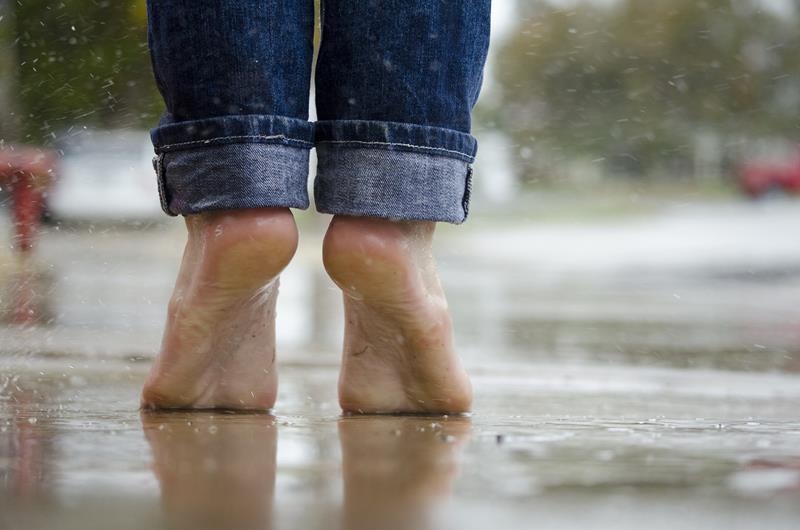
Custom Orthotics
Custom foot orthotics are designed to align the foot and ankle into the most anatomically efficient position. They look similar to insoles, but are biomedical appliances that are custom made to correct your specific foot imbalance. The plastic body of the custom orthotic helps to re-align the foot while you walk. We understand that everyone is different, which is why custom foot orthotics are made just for you.
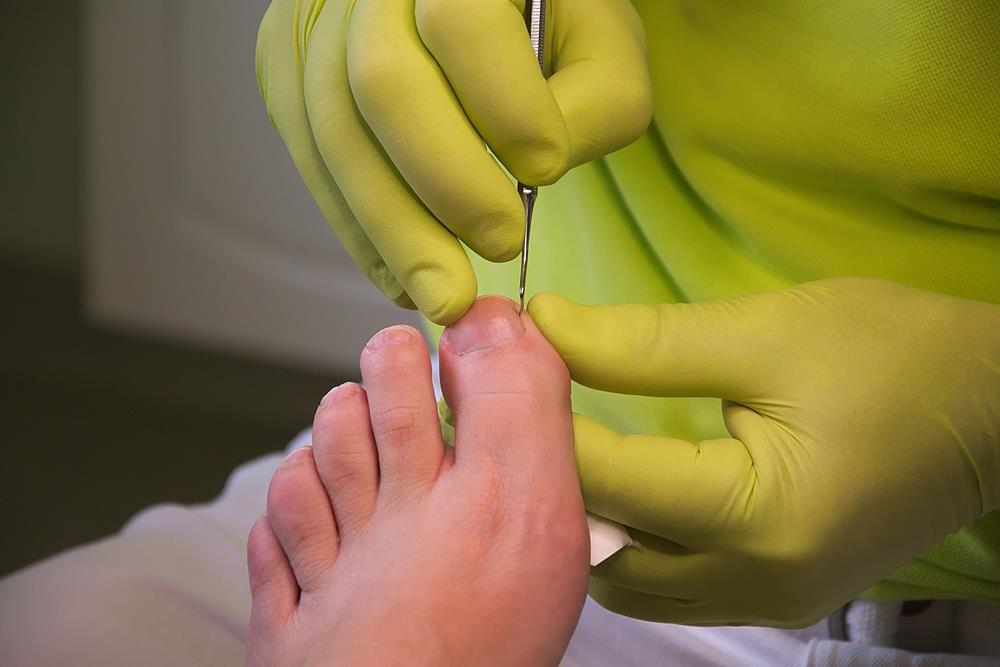
Ingrown Toenails
We have all made the painful mistake of trimming our nails too short at some point in our lives. Sometimes, this can really affect our foot health by causing ingrown toenails.
This happens when the nail grows downward into the skin instead of straight out, sometimes causing an infection. Ingrown toenails are most common on the sides of the big toe. It can also be caused by shoe pressure, injury, fungal infections, poor foot structure, etc.
Properly fitted shoes and socks, and trimming nails in a straight line (rather than rounded) are ways to decrease the chances of developing painful ingrown toenails. If there is an infection, antibiotics may be prescribed.

Bunions
A bunion is a bony bump that forms on the joint at the base of your big toe. They can develop from an inherited structural defect, excess stress on your foot, or can result from an existing medical condition.
Sometimes bunions require no medical treatment. If you are experiencing pain, a podiatrist can help alleviate your symptoms.

Corns
Corns are thickened areas of skin that sometimes have a central core. They tend to be smaller than calluses While corns can be found on the bottom of the foot where pressure is usually applied, it is more common that you find corns on the tops and sides of your toes and even between your toes. When pressure is applied, corns can cause significant pain and discomfort.
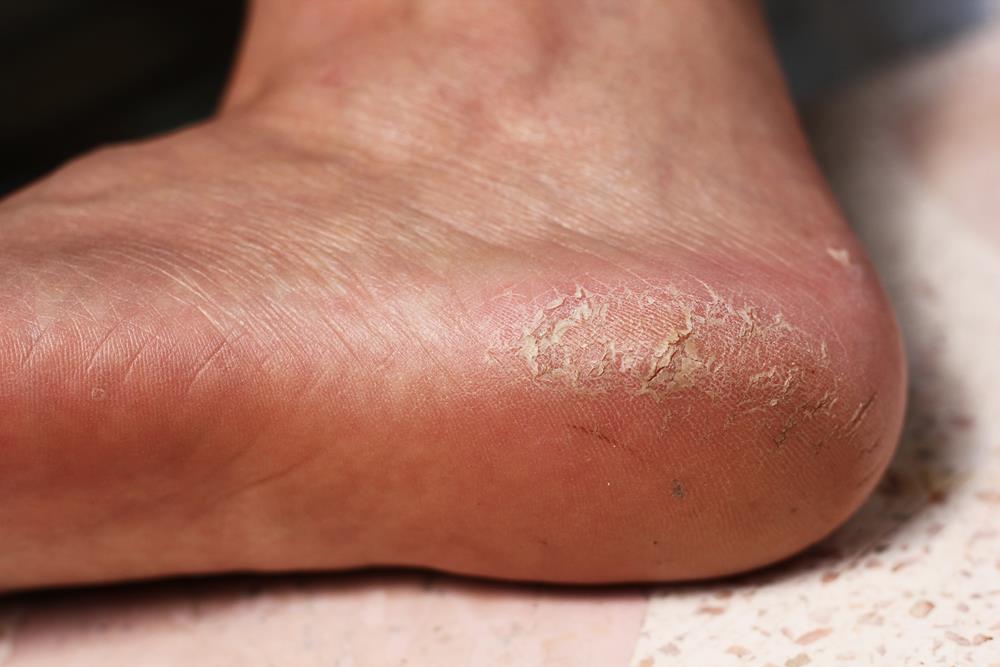
Calluses
Just like Corns, calluses can also cause pain. They usually develop on the soles of your feet, especially under the heels or balls, on your palms, or on your knees. Calluses vary in size and shape and are often larger than corns.
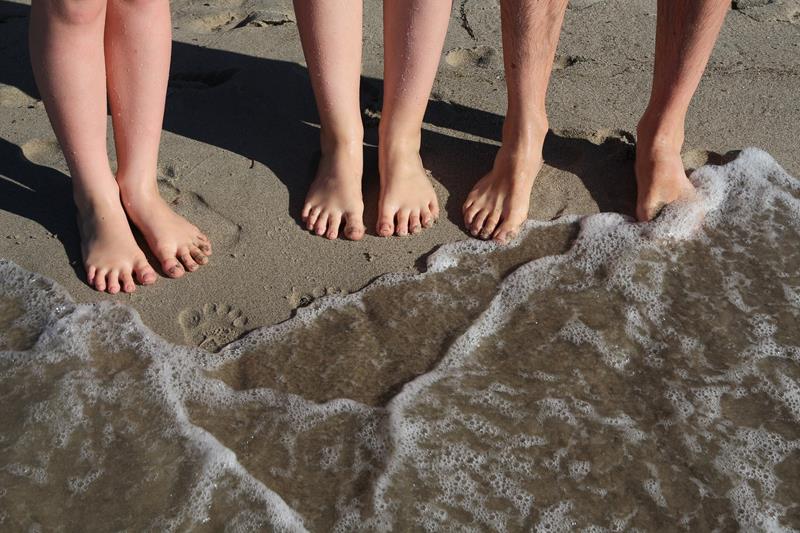
Hammertoes
Hammertoe is a deformity where one or both joints of the second, third, fourth or fifth toes begin to bend outside of their normal alignment. Pressure can begin to weigh heavy on the toes as you wear shoes which is where pain and other symptoms develop.
Hammertoes typically begin with small symptoms and deformities and continue to worsen with time. In its beginning stages, hammertoes are often impressionable which means they can be controlled using minimal treatment. It is important to know the signs of hammertoes to get them evaluated early. If left untreated, hammertoes can become more firm and difficult to manipulate, requiring surgery.

Diabetic Foot Care
At Fyne Foot Care Center, we dispense diabetic shoes and inserts to assist our patients in decreasing the chances of many foot problems. Daily preventative care can help you decrease your risk of developing serious conditions like ulcers and infections. Inspecting your feet at the end of the day to look for any abnormalities, maintaining proper hygiene, keeping your feet warm in cold weather, encouraging blood flow in the feet, and maintaining an overall healthy lifestyle can discourage other conditions from developing.

Heel Spurs/Plantar Fasciitis
Heel spurs occur in at least 50% of people who have plantar fasciitis. Past treatments for heel spurs, a bony growth that begins on the front of your heel bone and points toward the arch of your foot, included surgery to remove the growth. Nowadays, surgery is rarely a treatment option and more plans for physical therapy, ice, and pain medications are used to treat heel spurs.

Flat Feet
Flat foot is a condition where the arches on the inside of your feet are flattened, which causes the sole of the foot to touch the floor when standing upright. It is likely for flat feet to be caused by the arches not fully developing during childhood and is considered a very common and painless condition. On the other hand, flat feet can occur after an injury or from the normal aging process.
While it is common not to experience any pain or symptoms of flat feet, some people do tend to sense pain in the heel or arch area. Physical activity can irritate the area and inflame the foot along the inside of the ankle. This can be caused by the tendon that is supporting the arch being stretched as it is depreciating.

Achilles Tendonitis
Achilles tendinitis is caused by overuse of the band of tissues that connects the lower region of your calf muscle to your heel bone, also known as your Achilles tendon. Those at a higher risk for Achilles tendinitis are runners engaging in intense training or middle-aged people who participate in sports on occasion.

Toenail Fungus
Fungal infections in the toe or fingernails can appear as thickened, discolored, or disfigured. While it may seem like the condition is just an aesthetic concern, fungal infections can lead to worsened symptoms and pain. Diabetes, a weakened immune system, and the normal aging process are all causes associated with fungal infections. It is more likely for senior citizens and adults to develop a fungal infection as opposed to children.

Haglund’s Deformity
Haglund’s deformity is a common foot condition where a bony bump begins to form at the back of the heel bone where the Achilles tendon attaches to the heel.
The bony protrusion can cause severe pain while walking or wearing shoes as the bone rubs against the shoe.
This may cause the soft tissue at the heel to become irritated and may lead to another podiatry condition known as bursitis. Bursitis is a condition where the bursa, a fluid-filled sac between the Achilles tendon and bone, becomes inflamed and aggravated.
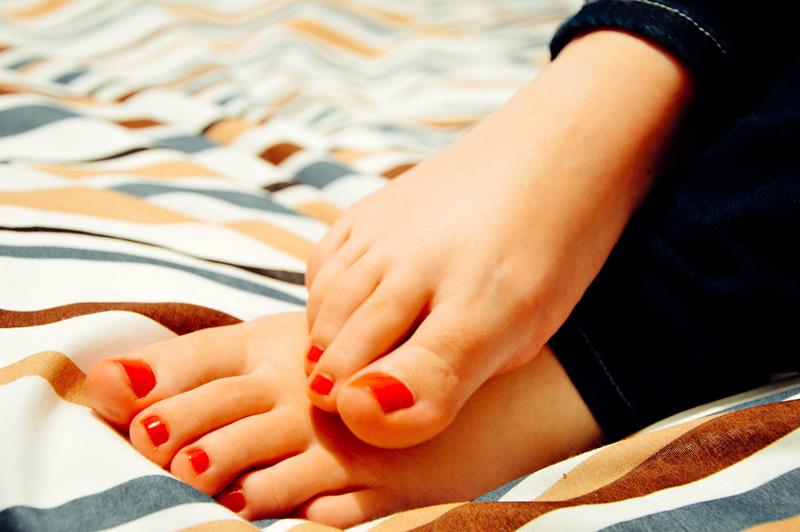
Morton’s Neuroma
A neuroma can occur in many areas of the body when nerve tissue thickens. Morton’s neuroma is the most typical neuroma that occurs in the foot and it occurs between the third and fourth toes. Also known as an intermetatarsal neuroma, the name describes its location in the ball of the foot.
Compression and irritation typically cause the nerve tissue to thicken. This pressure creates inflammation of the nerve, ultimately causing untreatable damage to the nerves in the foot.
If you have a neuroma, you may experience one or more of these symptoms:
- Tingling, burning or numbness
- Pain
- A feeling that something is inside the ball of the foot
- A feeling that there is something in the shoe or a sock is bunched up
After a careful evaluation of the neuroma, Fyne Foot Care Center will begin forming your treatment plan. Treatment plans vary depending on the severity of the neuroma.

Plantar Warts
Plantar warts are caused by the HPV virus and cause tiny cuts and breaks on the bottom of your feet.
While most plantar warts are not a major health concern, it is advised you see a doctor to have the warts examined and removed. Some symptoms include small, rough lesions on the base of the foot, calluses in one spot, and tenderness when walking or standing for long periods of time.
For more information, or to request an appointment contact us at (706) 373-4402!

Stress Fracture
Since nearly one-fourth of the bones in our body are in our feet, fractures of the foot are common and rarely debilitating.
There are two types of fractures. A stress fracture typically occurs in the space between the toes and middle of the foot, usually as a result of a physical activity gone awry. These fractures are only on the surface of the bone. General bone fractures extend through the bone. These injuries are usually caused by trauma to the foot.
Depending on the fracture and placement, different treatments will be discussed. Foot fractures typically heal on their own, although more serious cases may require surgery.
It is important to seek medical attention as soon as possible if you suspect your foot is fractured so treatment can begin right away.
For more information on fractures or to request an appointment, don’t hesitate to contact us today at (706) 373-4402!
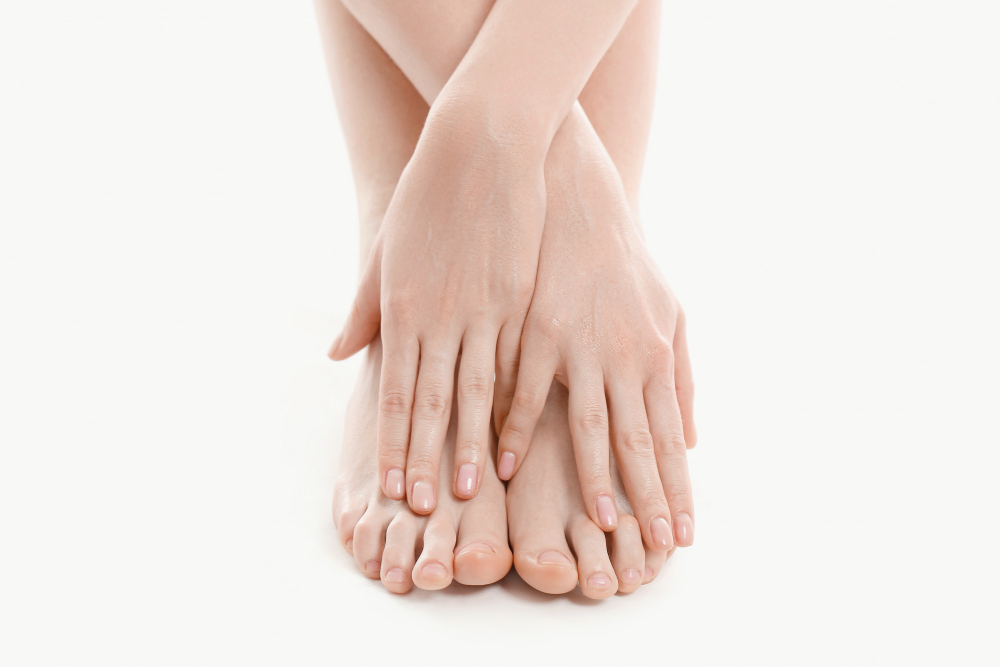
Stress Fracture
Since nearly one-fourth of the bones in our body are in our feet, fractures of the foot are common and rarely debilitating.
There are two types of fractures. A stress fracture typically occurs in the space between the toes and middle of the foot, usually as a result of a physical activity gone awry. These fractures are only on the surface of the bone. General bone fractures extend through the bone. These injuries are usually caused by trauma to the foot.
Depending on the fracture and placement, different treatments will be discussed. Foot fractures typically heal on their own, although more serious cases may require surgery.
It is important to seek medical attention as soon as possible if you suspect your foot is fractured so treatment can begin right away.
For more information on fractures or to request an appointment, don’t hesitate to contact us today at (706) 373-4402!
